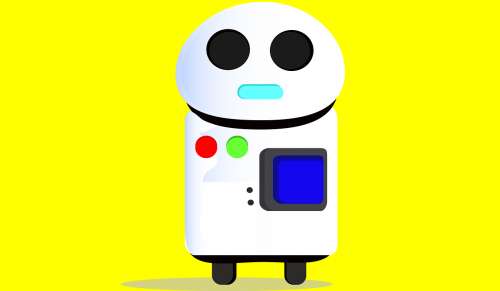
The dynamic software agents of Robotic Process Automation represent many things to the modern enterprise. They’re simultaneously a digital workforce of tireless, ubiquitous employees, a cogent means of actuating statistical Artificial Intelligence, and a critical platform to effect low code workplace automation.
Not surprisingly, Gartner projects RPA revenues to increase nearly 20 percent to total approximately 1.9 billion in 2021.
But when the agency of these bots is amalgamated across easily accessible interfaces for any number of comprehensive use cases, they become something altogether more than digital agents: they become digital assistants, as easy to use as Siri, yet much more actionable for mission critical workloads.
According to Automation Anywhere CTO Prince Kohli, synthesizing the prowess of bots into a digital assistant enables it “to orchestrate a process, which is more than starting and stopping bots. It’s about implementing a decision tree.”
Moreover, when paired with runtime orchestration capabilities and interfaces extending across computing settings, the ease of use of RPA empowered virtual assistants applies to almost any use case—and more importantly, perhaps, to any user, including laymen not involved in creating these entities.
The overall merit of this development represents a substantial progression in RPA’s enterprise usefulness, particularly when equipped with elements of cognitive computing.
Metabots
The decision tree capabilities Kohli ascribed to digital agents exceed those of typical bots because so many different ones are at the command of the former. He cited a simple contact center use case in which “based on the data in the call, based on what is being said, based on the text of the call for example, [the digital assistant] can follow the instructions, then carry the data forward and take action based on the data.” With this approach, human contact center agents can quickly get the correct information to help customers with warranties, products, or services.
The more bots digital assistants are comprised of (or that they control), the greater their automation reach becomes to “let you create an abstraction of a process on top of a bot, follow the process as a workflow, and be able to track it, know where it is, and have [insight] into the flow and many different conditions,” Kohli commented. This degree of awareness into what could entail automation across different settings, data sources, and applications facilitates a form of RPA “Business Intelligence that you would otherwise have to follow by hand, you can embed in a [digital assistant] and create a meta kind of bot, if you want to think of it like that,” Kohli explained.
Enterprise Interfacing
Another fundamental boon of coalescing the functionality of several bots into a virtual assistant is the scope of systems it can access. This capacity is directly attributed to the interfacing characteristics of RPA digital assistants, allowing laymen to access bots—and the IT resources within their domains—anywhere throughout the enterprise. According to Kohli, assistants can “talk to any kind of app anywhere, whether it’s a desktop based app, whether it’s an API based app, whether it’s a SaaS based app,” and avail themselves of varying bots there.
Furthermore, since these meta bots are designed to help average business users perform their jobs better, they mask this complexity to bridge “systems and applications that don’t communicate naturally,” revealed Kevin Murray, Automation Anywhere SVP of Product and Solutions Marketing. Competitive options in this space enable organizations to interact with digital assistants via desktop, mobile, browser-based and application-based systems. In finance, for example, Murray noted traders can use these capabilities “to have real time access to the updating of portfolio information” for locking in prices for assets like stock.
Runtime Orchestration
RPA personal assistants can spur software into action across applications and environments because of their orchestration capabilities. Implicit to this vital component is a holistic “ability to start and stop those bots,” Murray mentioned. “It’s an interaction tool that an average user in the enterprise can use to access all those bots.” Virtual assistants can orchestrate these bots across organizations because “the runtime is embedded inside them,” Kohli denoted. “It’s not about the bot existing; it’s about the bot being asked to run on the platform, wherever it may be.”
Thus, digital assistants not only have the interfaces to dynamically access bots across an organization at the behest of users simply communicating with a single, comprehensive entity, but also they can engage these individual agents to create action in a mutable sequence—the decision tree Kohli referenced. “It does allow you to interact with the runtime and to start and stop as we were saying earlier, and create the right trigger for the user,” Kohli added.
2021 RPA Trends
Individual bots will always have their place, as will their automation of basic business tasks like invoicing and human resource necessities. However, the agency to interface with multiple systems, disparate bots, and various environments through a singular digital agent is assuredly the most prominent RPA trend sweeping the marketplace.
Add a simple, on-demand means of orchestrating these resources to support more mission critical tasks in financial services, sales, and customer support, and the value engendered by RPA inherently redoubles, creating a more meaningful form of engagement with this technology as a whole.
Image Credits
Featured Image: NeedPix